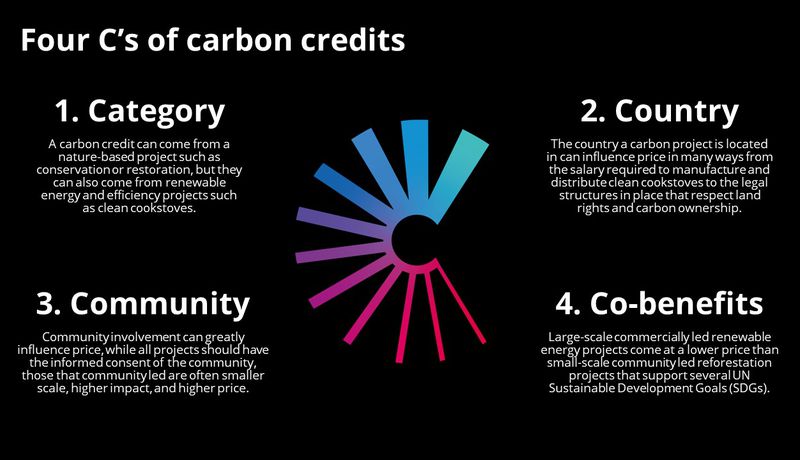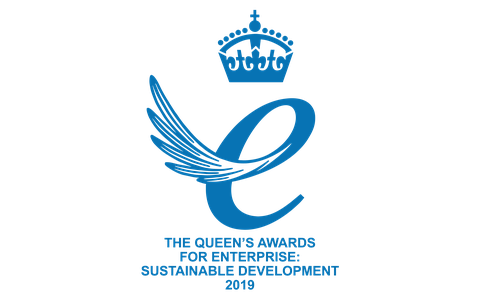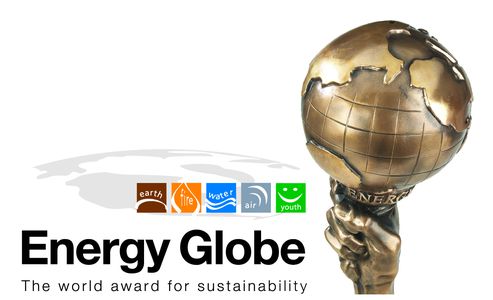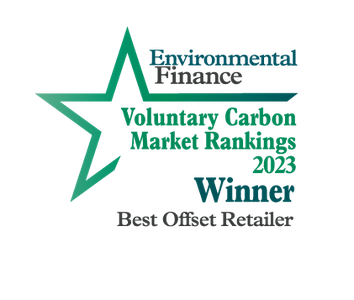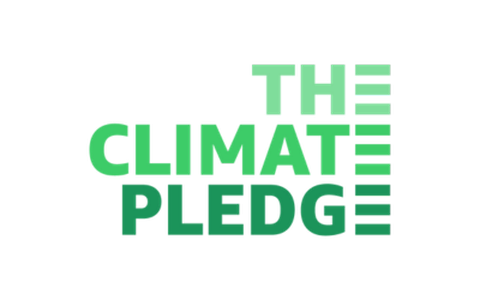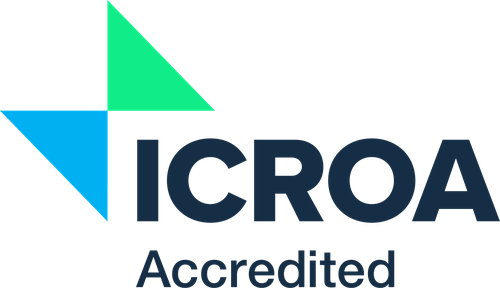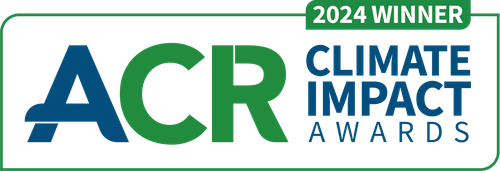Carbon markets are the hottest new market for companies, investors, and commodity traders, but is carbon really a commodity?
In economics, a commodity is a resource that is fully fungible, meaning the market will pay the same price for the resource no matter where it came from.
Everyone knows that gold is gold and no matter where it came from all gold can be smelted into the coins, bars, and bullion that are the very image of wealth. So, if you had the choice between two bags of gold that are the same weight, you cannot go wrong, they are almost always worth the same. Or said another way, they are both worth their weight in gold.
However, this rule of fungibility does not apply to all resources.
Diamonds may be forever, but we know that no two diamonds are the same. Choosing the wrong one can break the bank and even break a heart. So, if you had the choice between two bags of diamonds that are the same weight, well, good luck picking the one worth more. One could be infinitely more valuable than the other based on each diamond’s characteristics, their four C’s.
Four C’s of diamonds:
- Carat – a diamond’s mass, or weight, is measured in carats. The price per carat increases according to a diamond's size since large stones are rarer.
- Cut – a diamond’s cut—its shape and facets—is what makes it sparkle.
- Clarity – a diamond’s clarity measures the purity of the diamond and the presence (or absence) of tiny flaws.
- Color – a diamond’s color makes a major difference in quality and price. Depending on the hue and intensity, a stone’s color can either diminish (if a white diamond has coloring) or enhance its value (if a yellow, blue or green diamond has intense coloring).
How can this analogy help someone understand carbon markets? Well, a carbon credit must represent 1 metric tonne of carbon dioxide or the equivalent (tCO2e) that is either reduced or removed from the atmosphere. That’s where the phrase a tonne is a tonne comes from as the atmosphere does not care what region or project type the carbon mitigation or sequestration comes from. It’s one tonne either not going up or coming out.
So, while there is an element of fungibility in the market, as all carbon credits equal the same weight of carbon, and all should align with ICROA’s code of best practice: real, measurable, permanent, additional, independently verified, and unique to be allowed on a public registry where it can be traded and retired as an offset. That’s what all carbon credits have in common, but just because they have a lot in common, does not make carbon a commodity. To illustrate the characteristics of a carbon credit that can determine its price, we introduce the four C’s of carbon credits:
Four C’s of carbon credits:
- Category – a carbon credit can come from a nature-based project such as conservation or restoration, but they can also come from renewable energy and efficiency projects such as clean cookstoves.
- Country – the country a carbon project is located in can influence price in many ways from the salary required to manufacture and distribute clean cookstoves to the legal structures in place that respect land rights and carbon ownership.
- Community – how involved a local community is can greatly influence price, while all projects should have the informed consent of the community, those that are grassroots efforts and community led are often smaller scale, higher impact, and higher price.
- Co-benefits – large-scale commercially led renewable energy projects come at a lower price than small-scale community led reforestation projects that support several UN Sustainable Development Goals (SDGs).
There we have it. No doubt we could come up with other ‘c’ variables to demonstrate the point. We need everyone in the world to get just as excited about the potential to reduce or remove carbon from the atmosphere as they may about the potential to mine and buy gold or diamonds. Ideally more excited. But just remember, when it comes to understanding prices in carbon markets, think diamonds not gold.
Die neuesten Insights von
Climate Impact Partners

Save A Species: Recovering trees from extinction
The Save A Species program empowers companies to promptly engage in biodiversity conservation and restoration initiatives.
Weiterlesen
Capturing carbon: A snapshot of women on the climate frontline
Journey through the camera lens straight to the heart of climate action projects we work with around the world, understanding their impact on women and girls.
Weiterlesen
CORSIA: The 100 million tonne question
Rob Stevens, Director of Product Development, is helping pave the (run)way for CORSIA - the market-based carbon reduction scheme for airlines.
WeiterlesenDie neuesten Insights von
Climate Impact Partners

Save A Species: Recovering trees from extinction
The Save A Species program empowers companies to promptly engage in biodiversity conservation and restoration initiatives.
Weiterlesen
Capturing carbon: A snapshot of women on the climate frontline
Journey through the camera lens straight to the heart of climate action projects we work with around the world, understanding their impact on women and girls.
Weiterlesen
CORSIA: The 100 million tonne question
Rob Stevens, Director of Product Development, is helping pave the (run)way for CORSIA - the market-based carbon reduction scheme for airlines.
Weiterlesen
